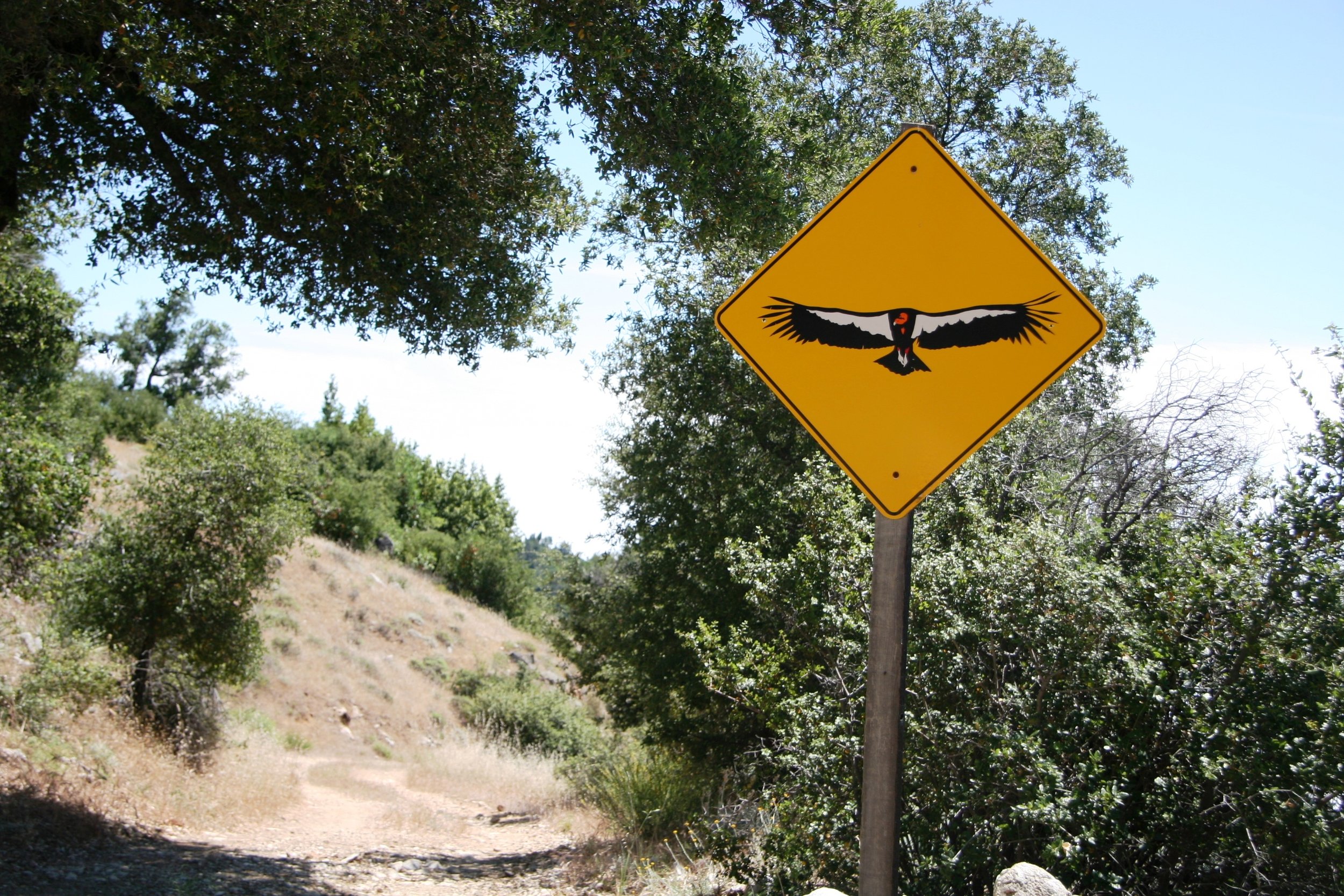June 2016
/High above the Big Sur coastline, a California condor burst out of a ponderosa pine.
With two quick flaps of wings spanning nine-and-a-half feet he was off in a hum of feathers slicing the still June air. Seconds later another bird flapped out of the tree, circling, chasing, climbing until the pair was soaring overhead in a majestic mid-air pas de deux.
Soon six more condors appeared out of nowhere, now landing to hunker in the ponderosa, now hopping to claim a choice perch, now wheeling across the sky in a show of aerial prowess. Standing a mere 50 yards below, I could barely focus my camera during this rare special performance.
"They're putting on a real show for you," yelled Joe Burnett, a Ventana Wildlife Society biologist. I had followed him to this mountaintop hanging over the Pacific Ocean just south of Monterey on assignment for National Geographic.
Getting buzzed by North America's largest land bird is one of the real thrills of being a journalist. I have seen condors off and on since 2001, when an Audubon assignment introduced me to the species that nearly winked out in the 1980s. I even got to hold one birds when biologists at Hopper Canyon needed an extra set of hands to take a blood sample from a juvenile that was acting oddly.
Since then the population had rebounded, with the number of birds totaling 435 and 289 flying free in California, Arizona, Utah and Mexico. It's been a thrill to monitor this success story. And it's far from over: The National Park Service is working with the Yurok Tribe, which reveres the bird as a sacred animal, to reintroduce the bird to its ancestral lands adjoining Redwood National Park, in California’s northwest corner. Stay tuned!




